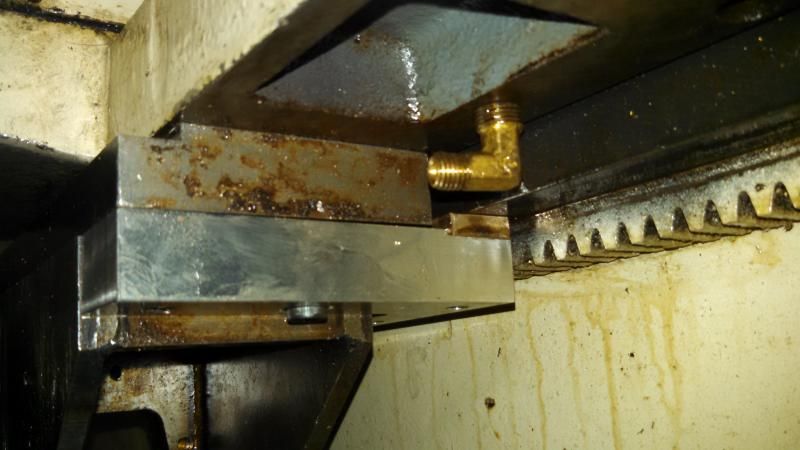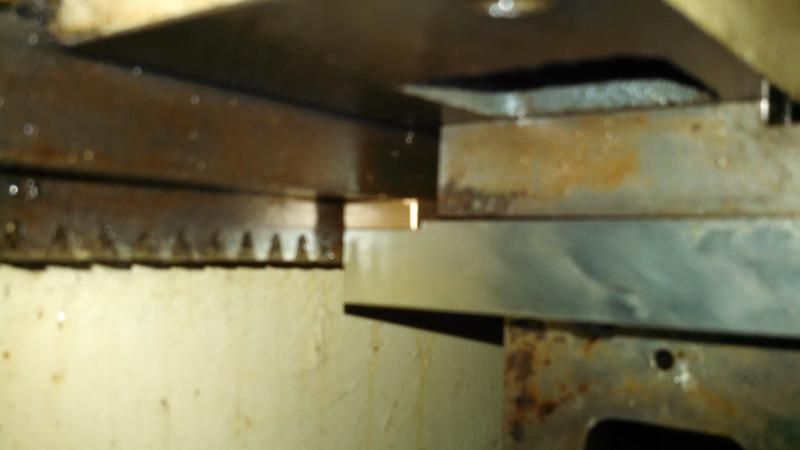- Joined
- Mar 3, 2013
- Messages
- 36
- Reaction score
- 4
I've had the pleasure of having to take apart similar type of ball screws in my last job and without something to capture the balls it always ends up being a mess. On the free end of the screw, is there a small shoulder? What I used to do is make a small shaft about twice as long as the ball nut and with a diameter just smaller than the root diameter of the lead screw. Then you drill a hole in the end of the shaft and slip over the shoulder. With the holding shaft in place you can then just spin the nut off and the balls are retained by the shaft. I happened to have a couple of O-rings that were the right size to slip on the shaft and keep the nut from sliding off, but a couple of rubber bands will work just as well.




























































